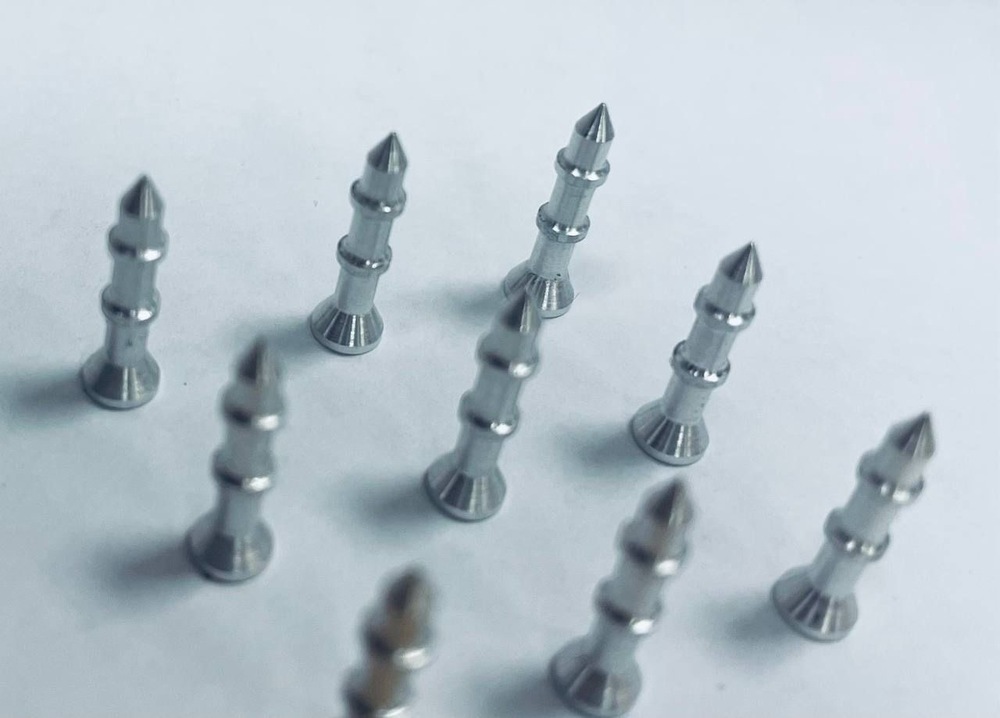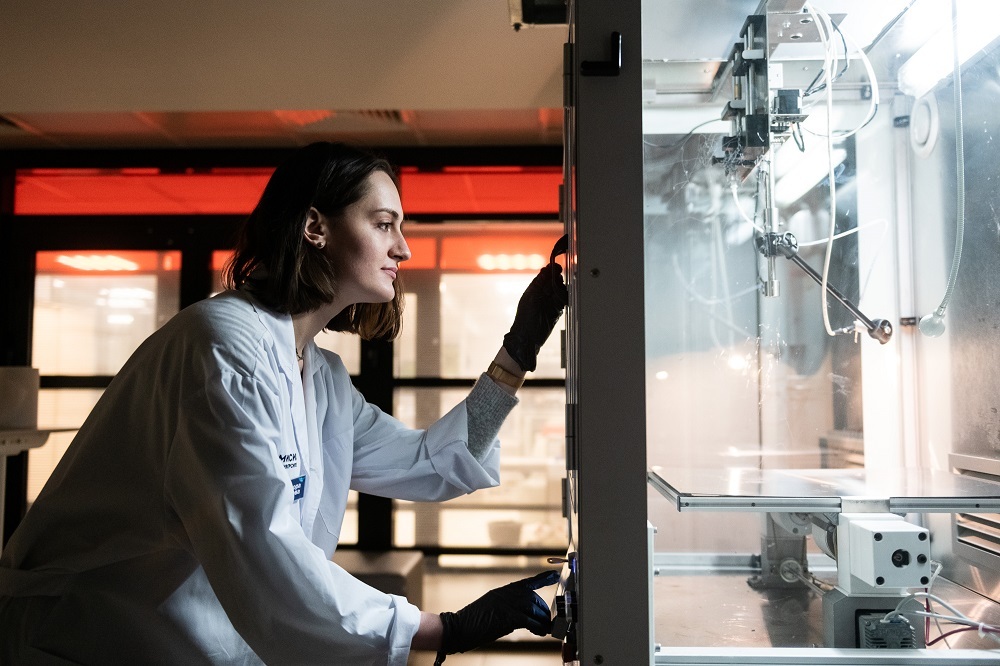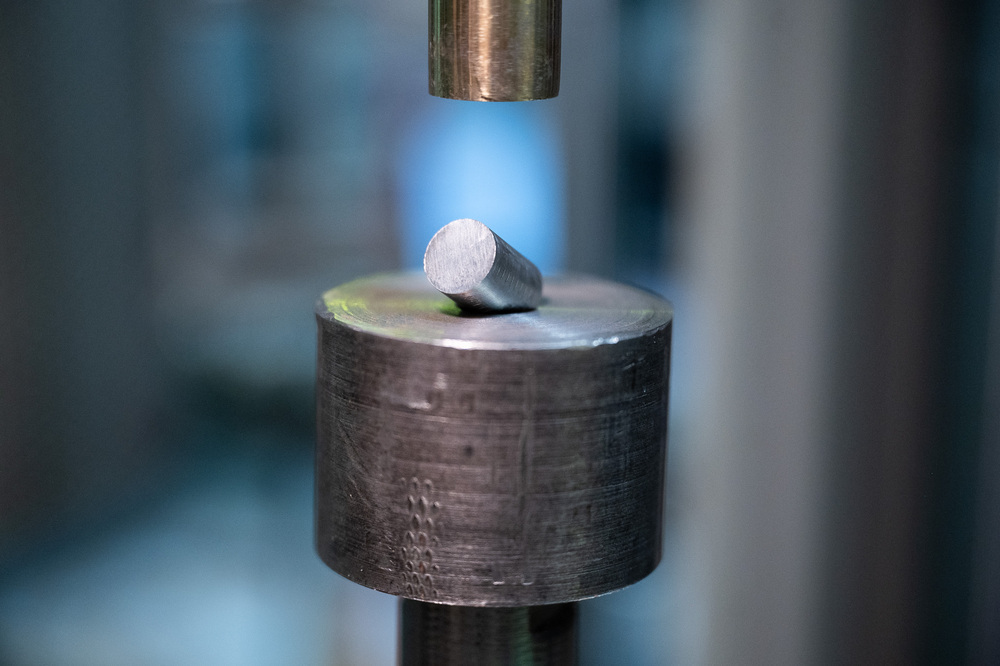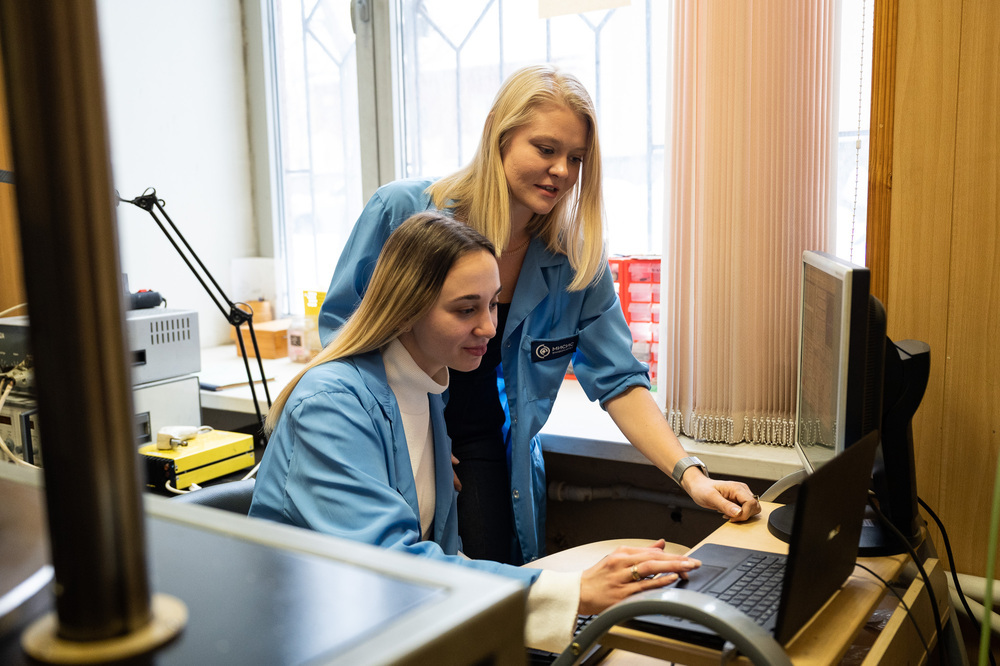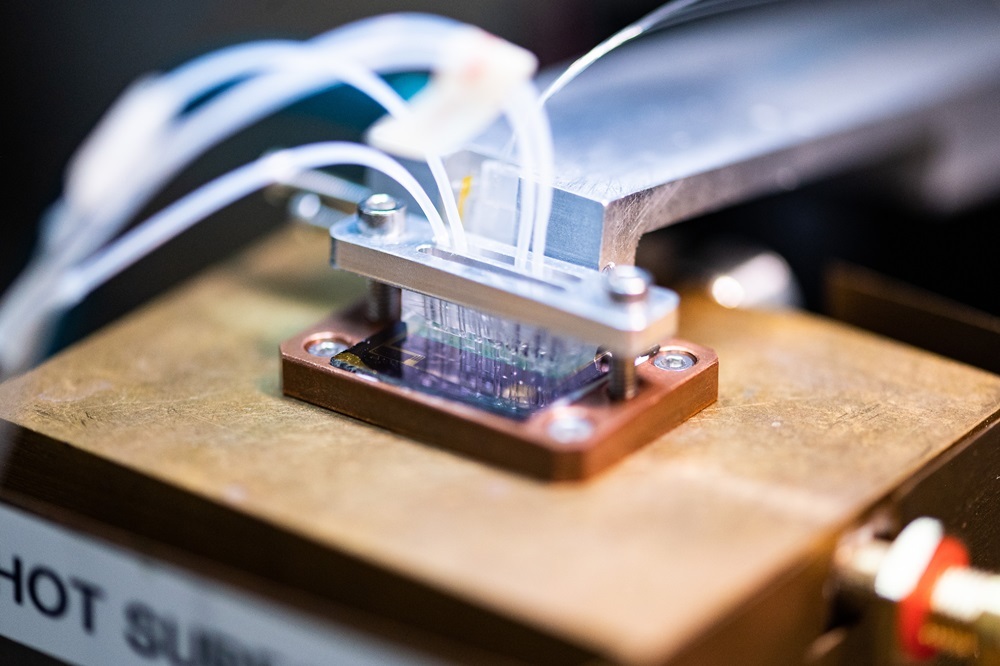Scientists from NUST MISIS have found out how to improve the alloy for maxillofacial implants
Based on the experiments, scientists from NUST MISIS have identified a methodology that improves the balance of strength and ductility of the biodegradable magnesium alloy used in biomedicine, particularly for maxillofacial implants. The peculiarity of the material lies in the fact that after the operation, it gradually dissolves in the human body. Fixing elements (screws, pins, plates, etc.) made of magnesium alloy are completely replaced by newly formed tissue, eliminating the need for a second operation to remove temporary elements from the human body. In recent years, researchers have been interested in the magnesium, zinc, and gallium alloy (Mg-Zn-Ga). The addition of zinc and gallium improves the mechanical and corrosion properties, allowing the integrity of the implant to be maintained for a certain period necessary for the healing process. Zinc contributes to the strengthening of the material, while gallium enhances its ductility, imparts antimicrobial properties, and increases bone tissue density. Due to its characteristics, this alloy is much closer to human bone tissue than titanium.
